
Low carbon ammonia projects
A review of the current slate of plans for green and blue ammonia production.

A review of the current slate of plans for green and blue ammonia production.
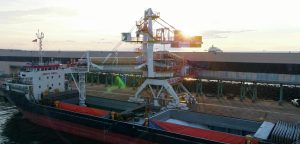
Covid, demographics and a shift from an industrial to a consumer-led economy have stalled China’s previously breakneck growth, with a potential impact upon all commodity markets, including fertilizer. At the same time, Chinese export restrictions have overheated the urea market.
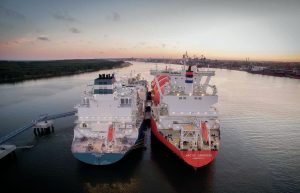
With Europe facing a long-term shortage of natural gas, and Russia looking east for new customers, how will changing global gas markets affect production of key syngas-based chemicals?
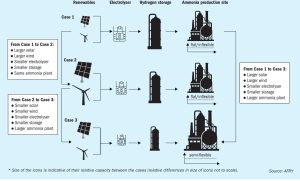
Due to the inherent nature of the renewable power, sizing eSyngas plants powered with renewable energy brings complexity normally not faced by natural gas-based facilities. In this article, Dr Raimon Marin and Dr Solomos Georgiou of AFRY discuss the application of AFRY’s state-of-the-art modelling tool to optimise the size and production of a green hydrogen system and a green ammonia plant based on given renewable power profiles and their associated variability (e.g., hourly, daily, seasonally, and annually).
Fulcrum BioEnergy says that it has successfully produced low-carbon synthetic crude oil using landfill waste as a feedstock at its Sierra BioFuels Plant, the world’s first commercial-scale landfill waste-to-fuels plant. Located outside of Reno, Nevada, Sierra will produce approximately 11 million gallons of renewable, low-carbon transportation fuels each year from approximately 175,000 t/a of landfill waste.
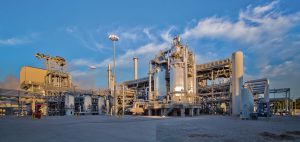
Air Liquide presents the results of an internal study to identify preferred natural gas-based plant configurations at a methanol capacity of 250 t/d. Delivering small capacity plants requires a focus on the total cost of ownership (TCO) for the economics to be successful, in addition to the CO 2 footprint of the operation. As found by this study, SMR concepts are naturally power balanced for standalone greenfield operations and show no particular advantage for power import in a brownfield setting. POX and ATR cases are greatly improved and even advantaged in a brownfield setting compared to SMR when shifting from power balance to power import cases.

The ERCOSPLAN Group of Companies held an international potash symposium on 6-8 October 2022 at the Messe Erfurt Congress Centre in Erfurt, the capital of the German state of Thuringia. The overall theme of this year’s event was: the exploration, extraction and processing of mineral salts – as well as the creation and use of underground cavities in the saline host rock.

Fertilizer International presents a global round-up of current potash projects.
The International Fertiliser Society (IFS) has launched FerTechInform, a comprehensive online technical resource for fertilizer production. The new digital resource combines an information knowledge base with an interactive forum for users. IFS Secretary Steve Hallam explains how it works, who it is for, and why it came into being.
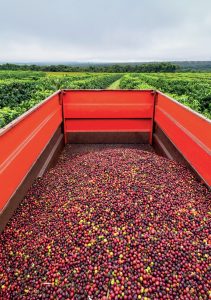
The Russian-Ukraine conflict and price volatility have affected the supply/demand dynamics of the Brazilian fertilizer market and the buying behaviour of growers. As a consequence, Brazil’s fertilizer consumption is expected to fall for the first time in eight years. Debora Simoes and Cleber Vieira of leading consultancy Agroconsult offers their key market insights.